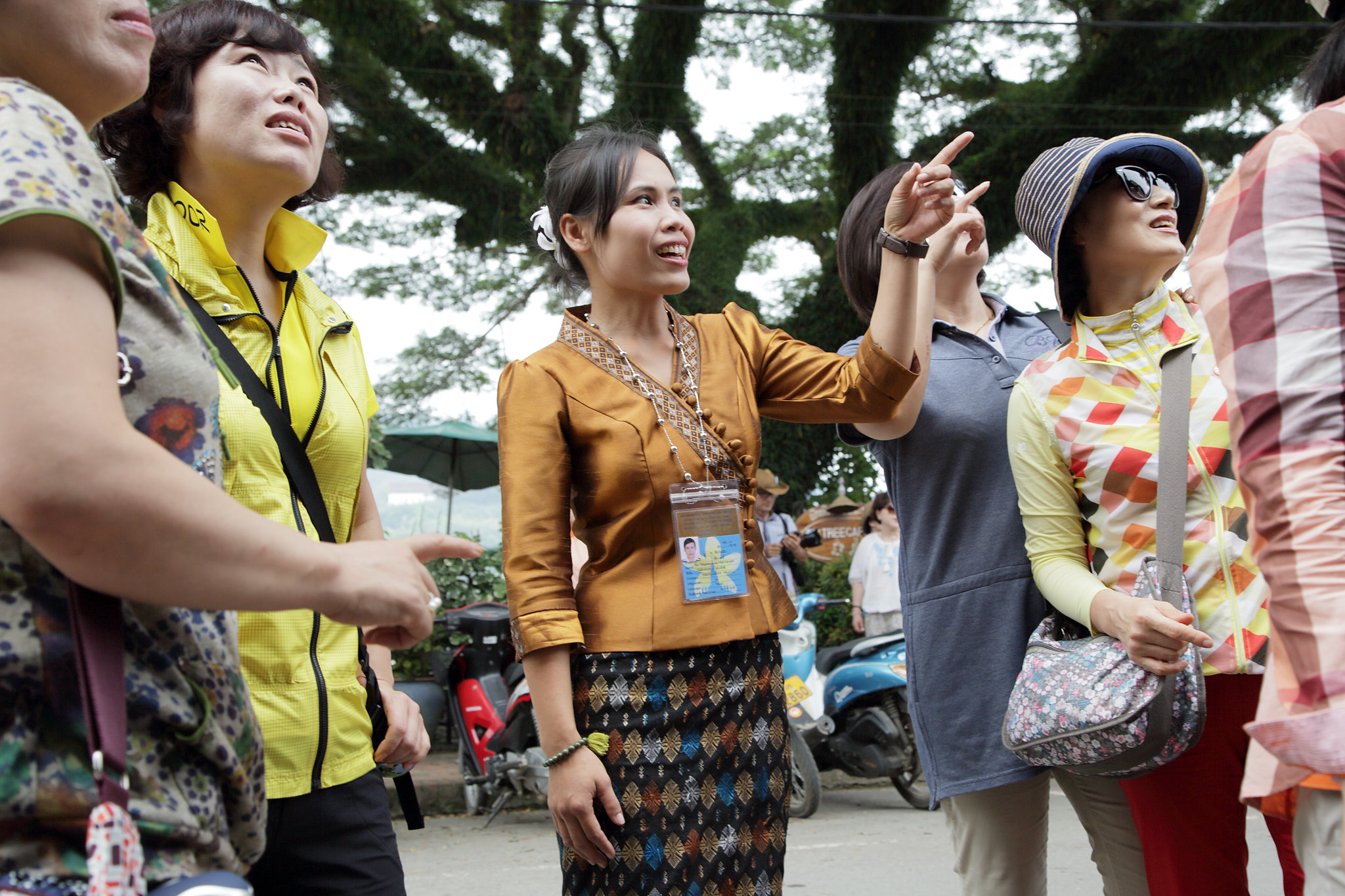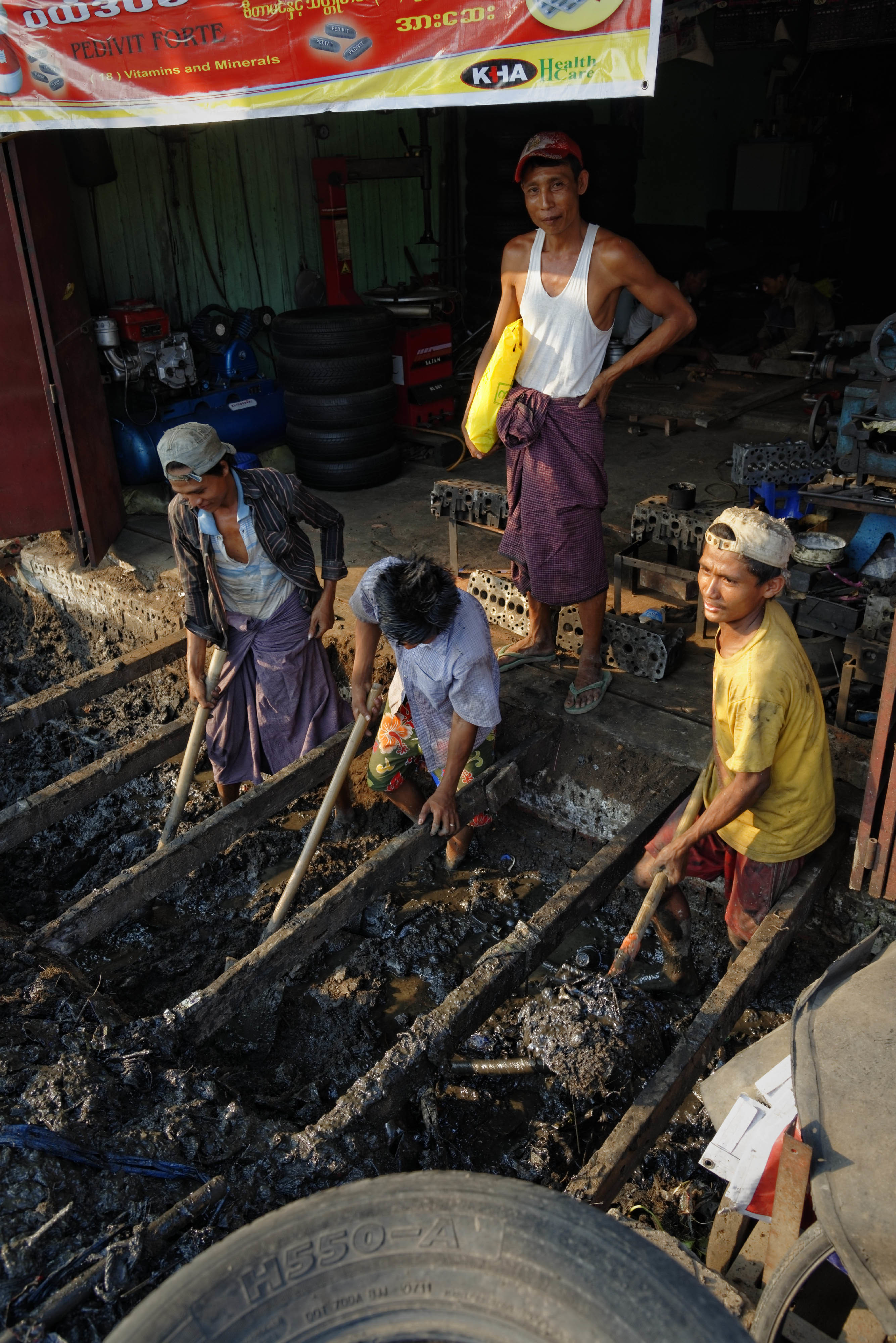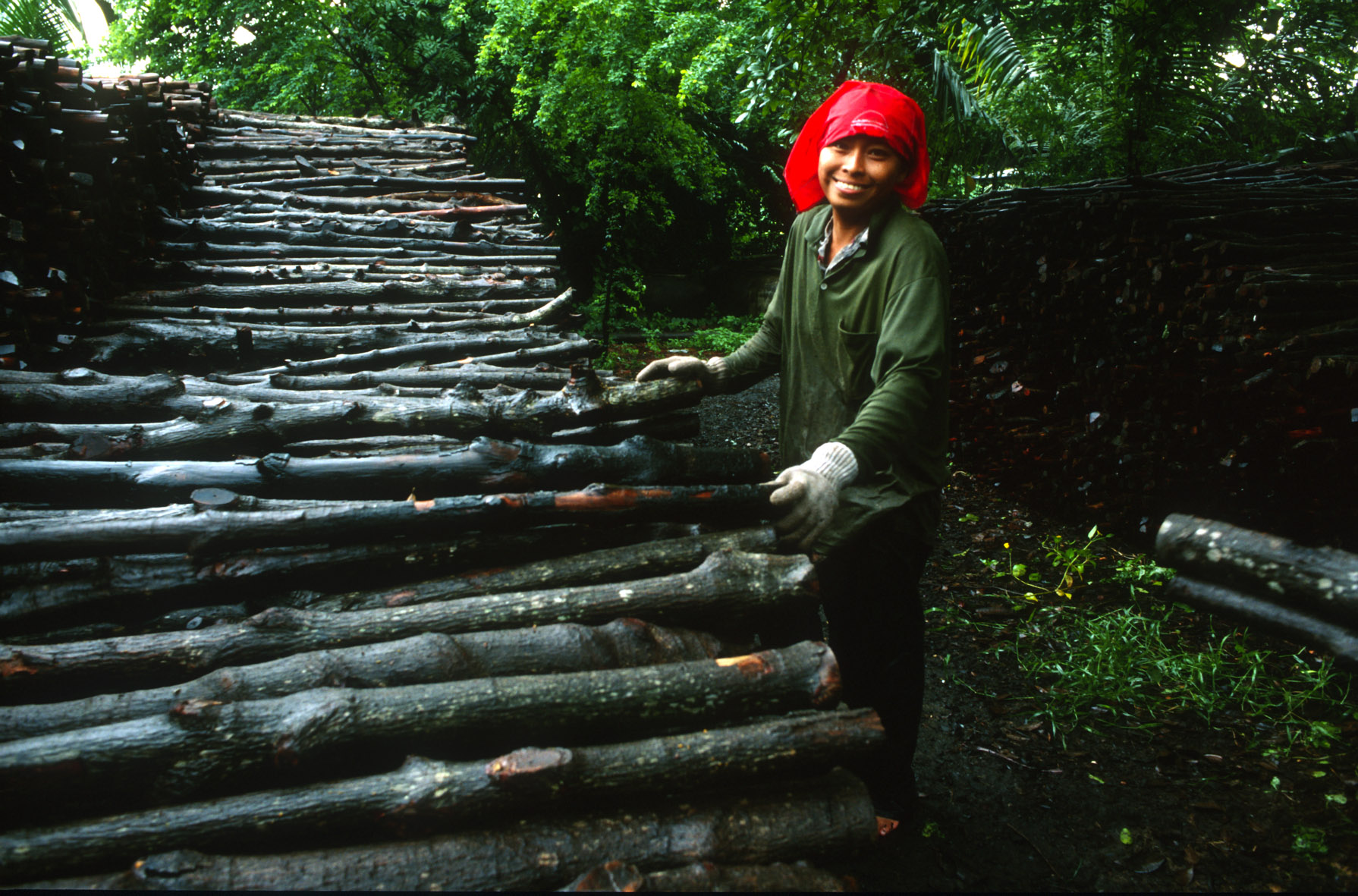According to ILO estimates, over 230 million workers or approximately 7.2 per cent of the global workforce are employed in tourism industries around the world. This is in addition to the millions of jobs indirectly generated by the sector, e.g., through spillover effects of related activities. Taking into account both direct and indirect jobs, it was estimated that some 1 out of 10 jobs worldwide, and 1 out of 4 newly created jobs were linked to the tourism sector in 2019. Indeed, many studies have showcased the sector’s importance for employment and income generation, including for women and youth, and as a source of economic diversification, particularly in rural and remote areas and localities.
Recent ILO reports have shed light on the devastating impact that the COVID-19 pandemic had on the sector, and emphasized the need for of a human-centred, inclusive and resilient recovery and a just transition to a sustainable future of work in tourism. This requires policies to improve wages, working conditions, including occupational safety and health, promote formalization, enable extending social security to informal and self-employed workers, encourage social dialogue and other elements associated with decent work outcomes for the sector’s workers, and higher productivity and sustainability for its enterprises.
But effective policies must be evidence-based, and evidence-based policies require high quality data. In this blog, we look at detailed industry level data (at the 3-digit level of the International Standard Industrial Classification of All Economic Activities – ISIC) to illustrate the diversity of the tourism sector, specifically to demonstrate how its structure and composition varies significantly across contexts.
Tourism sector composition in different contexts
Looking at the distribution of employment across different tourism industries allows us to identify and group countries with available data by categories that transcend, or supplement, the usual regional and income groupings used in our analyses. Specifically, depending on the industry cluster that employs a large share of the sector’s workforce in different countries, we identify four groups as follows:
Group 1: where accommodation accounts for the largest shares of tourism workers, and the travel logistics cluster can be important as well. This first group largely consists of tourism dependent small island nations (e.g., Caribbean islands, Pacific islands and other island states like the Seychelles, Mauritius and the Maldives). In these countries, tourism industries account for very large shares in employment, and the accommodation cluster – particularly short-term accommodation – accounts for the highest shares of the tourism workforce, reflecting the largely international markets served by these destinations. The travel logistics cluster (e.g., travel agencies and tour operators, and reservation services and related activities) which constitutes a small share of tourism employment in most countries, can be relatively high in some group 1 countries including in countries known for being ‘travel hubs’ such as the United Arab Emirates.
Group 2: where restaurants and food and beverage services account for the largest share of tourism employment. These tend to be lower-middle and upper middle-income countries with both large international and domestic tourism markets. In many middle-income countries in Latin America and in Southeast Asia, the tourism sector accounts for high shares of total employment, but much of this employment is in the restaurants and food and beverage services industries, often followed by transportation (primarily by land) which cater as much – or at least as much – to local, domestic consumption, in addition to international tourism.
Group 3: where land transportation accounts for the largest share of the tourism workforce. In these countries, the inclusion of land transportation among tourism industries significantly increases the employment share of the sector. This group’s countries are primarily low or lower-middle income countries in Africa and South Asia and Southeast Asia. It also includes some lower middle and upper-middle countries from the Arab States (e.g. Lebanon, Iraq, Jordan).
Group 4: where arts, culture, sports and recreation account for a significant share of the tourism workforce. In these upper-middle- or high-income countries mainly in Europe, the largest share of the tourism workforce is employed in restaurants and food and beverage services. Arts, culture, sports and recreation represent the second cluster of industries in terms of employment share.
Nearly all countries in group 1, and many countries in group 2 are often listed as tourism-dependent countries, defined as countries where tourism industries account for a large share of GDP, exports, and employment. While group 1 countries tend to have both high shares of employment in tourism industries, and high international tourism receipts as a percentage of total exports, this is not the case for most countries in the other groups. In the latter groups, domestic tourism expenditure tends to be higher than inbound tourist expenditure in most countries, reflecting more diversified economies and greater reliance on domestic markets. For instance, in Mexico (group 2), where close to 12 per cent of the workforce is employed in tourism industries, domestic tourism expenditure represented 83 per cent of total tourism expenditure. Indeed, on average, for OECD countries – most of which would fall in Group 4 – domestic tourism expenditure accounted for 75 per cent of total tourism expenditure in 2018.
There are interesting cases where international tourism receipts represent a significant percentage of total exports but the share of tourism – and particularly of accommodation industries – in employment is not as high as would be expected (e.g. Lebanon and Ethiopia – both in group 3). In these countries, much of the tourism receipt come from nationals residing and/or working abroad with occasional visits to these countries. Therefore, inbound tourism expenditure patterns resemble those of residents rather than international tourists (e.g., spending on restaurants, food, and beverage services rather than on hotels and accommodation).
Employment characteristics of tourism industries across country groups
Tourism is known to be a relatively labour-intensive sector, providing an important source of employment for women – including women entrepreneurs – and youth in many countries across the world. Among the tourism industries, the highest female shares in employment are in the food and beverages cluster. Female shares in employment are also high in accommodation industries. Food and beverage industries have also relatively large shares of youth in employment. Other tourism industries with high shares of youth include sports activities and other amusement and recreation activities.
While the food and beverages services industries account for a large share of the global tourism workforce, and an even larger share of its women and youth workforce, employment in these industries is often characterized by large (usually, the largest) shares of self-employment and employment in micro, small and medium enterprises (MSMEs), high informality rates, and relatively lower productivity and wages.
In contrast, the industries which are less labour-intensive and usually account for a relatively limited share of tourism employment, have the lowest informality rates, and relatively higher wages. These include industries with very low shares of self-employment and employment in MSMEs (e.g., passenger air transportation, sea and coastal water transportation and transportation via railways), but also industries where the MSME share in employment can be relatively high (e.g., in travel agency and tour operator activities).
Other tourism industries with high shares of self-employment and employment in MSMEs and high informality rates across all country groups include other land transportation (i.e., excluding railways); inland water transport; renting and leasing of personal and household goods industry; creative, arts and entertainment activities; and other amusement and recreation activities.
Additionally, the data show that in most tourism industries, the share of workers in informal jobs tends to be far greater than the share of workers employed in informal production units. This means that many workers employed in formal, registered enterprises in tourism industries have informal jobs, associated with limited access to social protection and other elements of decent work.
While the above-mentioned characteristics of employment in tourism industries are common across the four country groups, there are also group-specific patterns that emerge, and which are linked to contextual factors. For instance, in group 1 countries, the MSMEs share in employment in the short-term accommodation activities is lower than in other groups, reflecting the presence of large hotel resorts in many countries. This is also reflected in a relatively lower share of informal jobs and of workers on temporary contracts in this industry, in comparison with other groups. Another example is with respect to average working hours, which tend to be far lower in group 4 countries than in group 2 and 3 countries in the restaurants and mobile food service activities industry (not illustrated here due to lack of data for other industries), reflecting a higher prevalence of part-time work in these industries in upper-middle- and high-income countries.
Conclusion
This exploration of employment in tourism industries along different dimensions has unveiled its diverse and complex nature. It is important to note that, while we used country group averages for simplification, it may obscure variations between countries within the same group and even at subnational levels. National-level statistics will certainly understate the importance of tourism for certain localities. While closely examining all the detailed observations and insights provided by the data is beyond the scope of this blog, we hope to have demonstrated that using disaggregated data results in a more nuanced and colourful depiction of employment in tourism industries and enables generating insights to help formulate effective, targeted, evidence-based policies to support the tourism sector and its workforce.
Methodology
An international statistical definition for the tourism sector does not currently exist. For the purposes of this blog, global employment in the tourism sector is defined using the International Standard Industrial Classification of All Economic Activities (ISIC Rev. 4) using the following classes:
Accommodation for visitors
- 5510 Short term accommodation activities
- 5520 Camping grounds, recreational vehicle parks and trailer parks
- 5590 Other accommodation
Food and beverage activities
- 5610 Restaurants and mobile food service activities
- 5629 Other food service activities
- 5630 Beverage serving activities
Passenger transportation
- 4911 Passenger rail transport, interurban
- 4921 Urban and suburban passenger land transport
- 4922 Other passenger land transport
- 5011 Sea and coastal passenger water transport
- 5021 Inland passenger water transport
- 5110 Passenger air transport
- 5221 Service activities incidental to land transportation
- 5222 Service activities incidental to water transportation
- 5223 Service activities incidental to air transportation
- 7710 Renting and leasing of motor vehicles
Recreation and entertainment
- 7721 Renting and leasing of recreational and sports goods
- 9000 Creative, arts and entertainment activities
- 9102 Museums activities and operation of historical sites and buildings
- 9103 Botanical and zoological gardens and nature reserves activities
- 9200 Gambling and betting activities
- 9311 Operation of sports facilities
- 9319 Other sports activities
- 9321 Activities of amusement parks and theme parks
- 9329 Other amusement and recreation activities n.e.c.
Travel agencies and reservation services
- 7911 Travel agency activities
- 7912 Tour operator activities
- 7990 Other reservation service and related activities
To generate the global tourism employment figures and aggregates, for countries where ISIC is available only at the 1- to 3-digit level, data are estimated using weighted shares from countries in the same income group with available 4-digit level data. The assumption is that the employment distribution is similar within countries of the same income group. The methodology is described here.
Tourism industries are presented in this blog using 3-digit groups for simplification purposes. These groups may include activities that are not tourism-related. For example, transportation groups also include activities related to freight transport.
Users should also note that the UN World Trade Organization, in partnership with leading countries, the ILO and the United Nations Statistics Division, has created a multidisciplinary and multi-stakeholder Expert Group on Measuring the Sustainability of Tourism to lead the development of a Statistical Framework for Measuring the Sustainability of Tourism. The framework aims to support a more harmonized and integrated measurement of the impacts and dependencies of tourism on the economy, society and the environment, at both the national and sub-national levels. The framework may result in a statistical definition for tourism-related employment which differs from the above.
Author
-

Souleima El Achkar
Souleima is an economist and labour market information specialist, with expertise in skills development systems. Since 2010, she has been working as a consultant on various projects for the ILO, Asian Development Bank and the World Bank.












